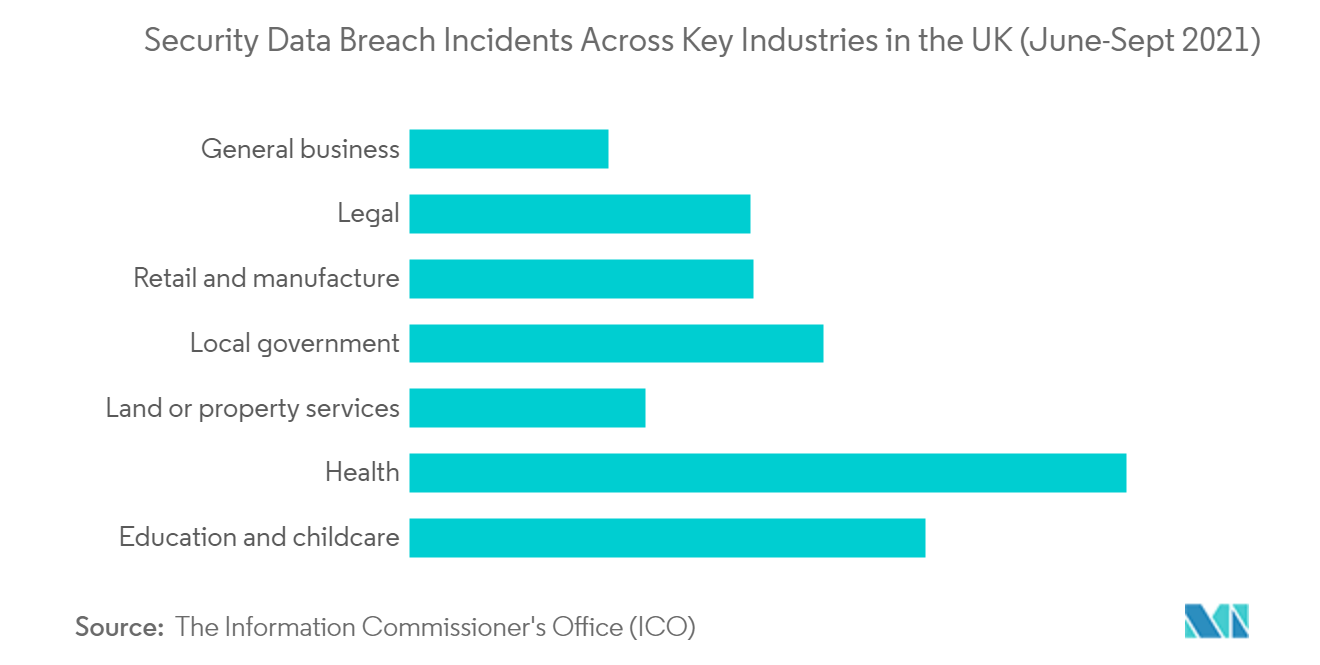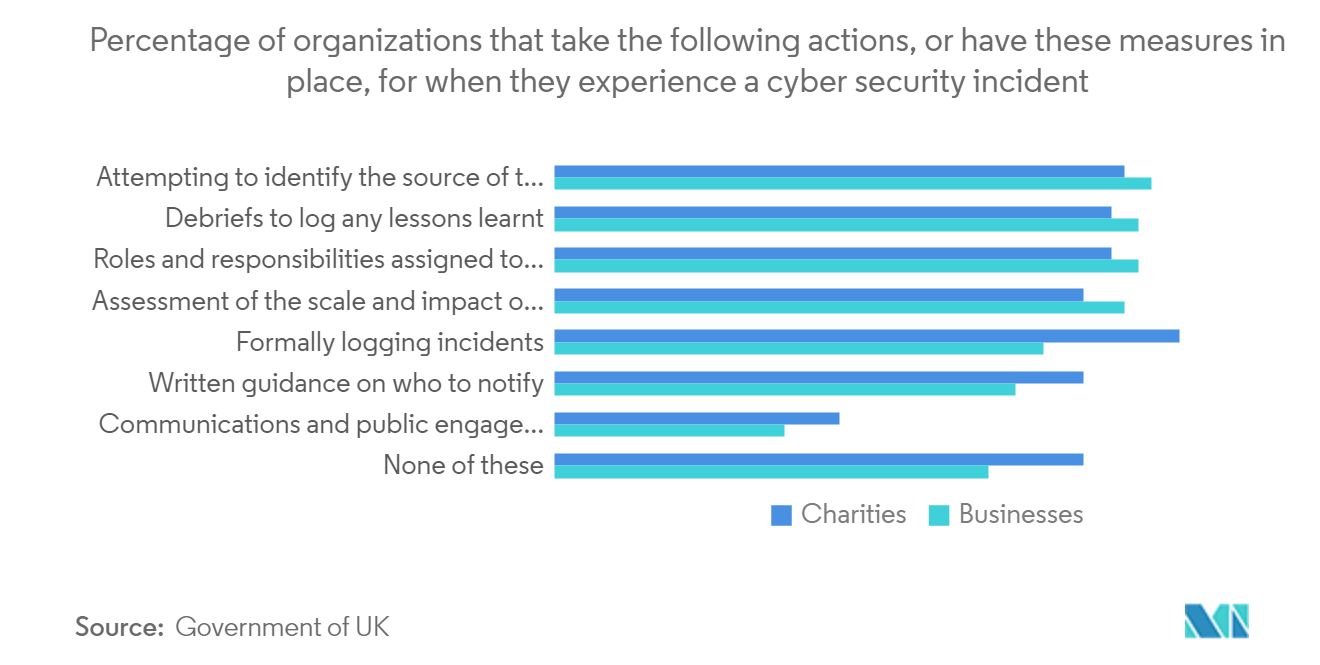Market Trends of Europe Security Testing Industry
This section covers the major market trends shaping the Europe Security Testing Market according to our research experts:
Penetration Testing Tools segment is anticipated to register significant growth
- Many cyber-attacks occurring worldwide are escalating the importance of cybersecurity among enterprises and governments. Therefore, companies must prioritize their security more than ever before with several proactive tactics, including those offered by penetration testing.
- The cybersecurity industry is witnessing a growing trend of cloud-based penetration testing, also referred to as penetration testing as a service (PTaaS). It provides IT professionals with the required resources to conduct and act upon penetration testing. This service encompasses a continuous cycle of testing and remediation. It indicates that for combating the changing security stance of an organization, there must be continuous and ongoing testing and management programs. This service ensures ongoing security management and frequent vulnerability scanning. Further, the automatic track changes feature of the service ensures traceability of improvements in the application security.
- The increasing concept of remote working has companies left more vulnerable than ever. Hence, cyber-attackers have used this opportunity to take advantage of thousands of enterprises and people worldwide. In 2020, cybercrime rates rose significantly, and it is very much anticipated that the numbers will continue to rise.
- It is then becoming more crucial than ever to undertake regular vulnerability scans and penetration testing to avoid vulnerabilities and make sure that the organizations are protected against cyberattacks. Penetration testing could help enhance the cyber defenses in place, all the while ensuring the company's safety.

The United Kingdom is expected to hold a significant share in the market
- The United Kingdom is one of the key geographies across Europe where a significant number of data breaches occur. According to IBM, the average cost of an incident in the UK rose by 8% to GBP 3.36 million. The average cost for each record was GBP 131, meanwhile, with the records in the services sector proving the most lucrative, at GBP 191 per record.
- One of the most prevalent causes of breaches is stolen user credentials, with customer personal data the most common type of information exposed. In terms of mitigation factors, the adoption of AI, security analytics, and encryption was among the three most significant mitigating factors that reduced the average cost of a breach.
- The COVID-19 pandemic also enabled the criminals to target data and breach security in new ways due to the lack of security measures at home, as many people work from home. In November 2020, the UK government launched the National Cyber Force (NCF) to counter the increasing issue of cybercrime and data breaches.
- According to a Security Breach Survey by the UK Government comprising 1,419 UK businesses and 487 charities, 44% of business respondents said that they attempt to identify the source of the incident when they experience a cyber security incident. Also, 46% of the respondents from the Charities responded that they formally log the incidents when they occur.


